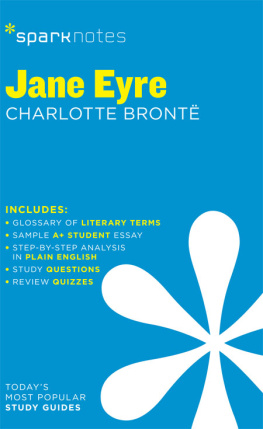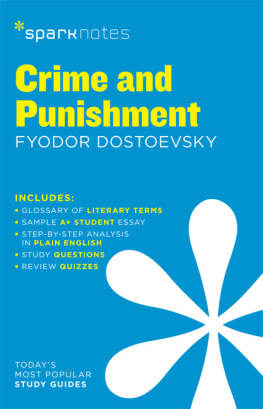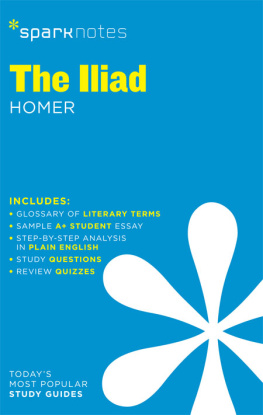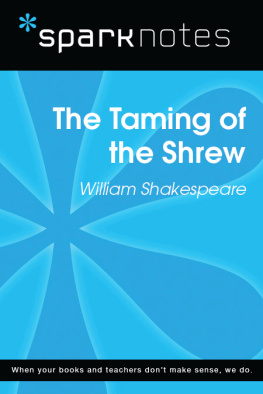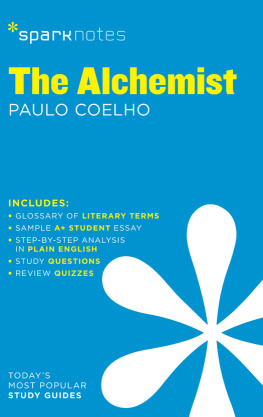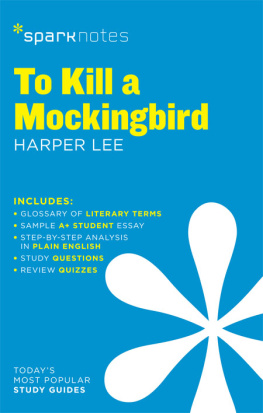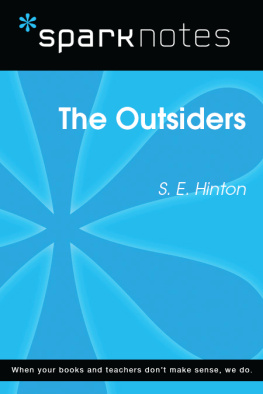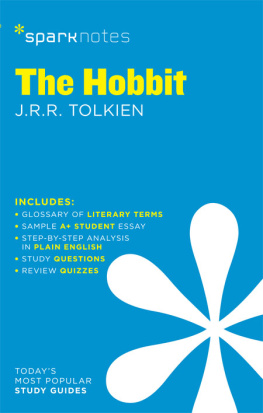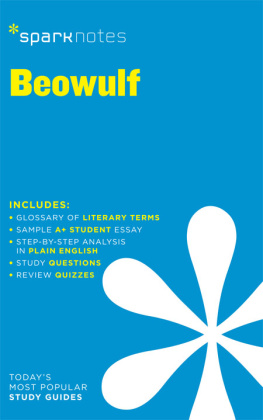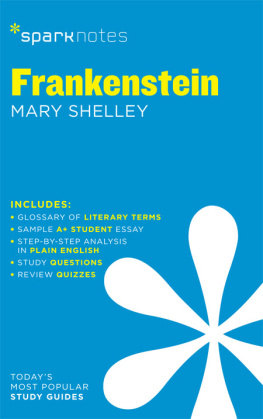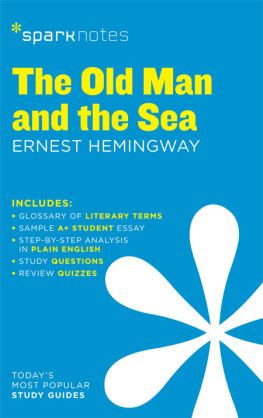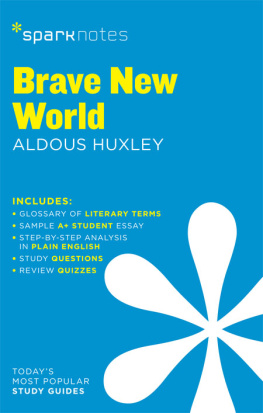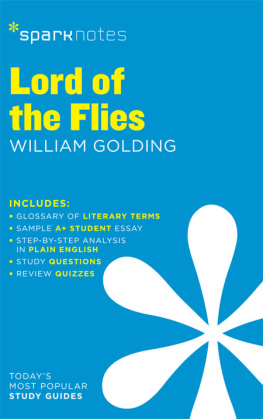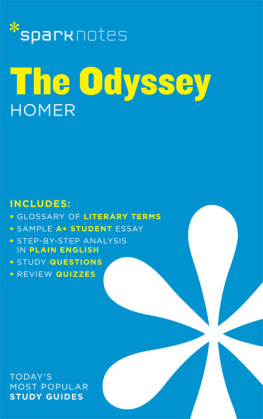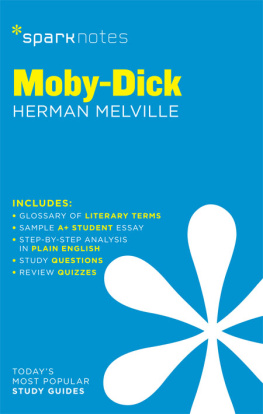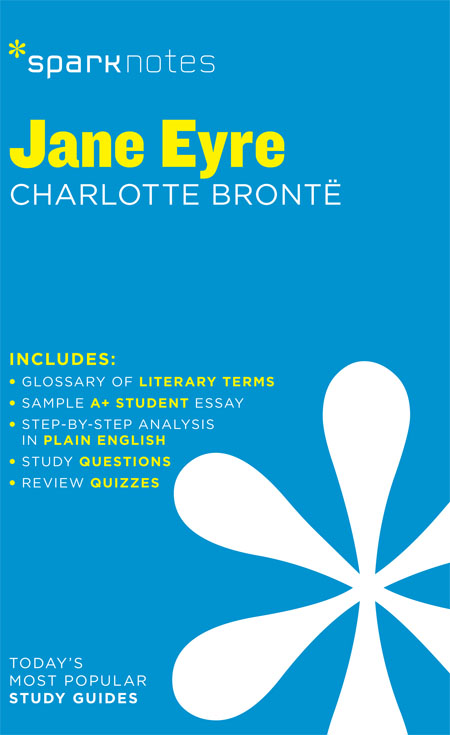Jane Eyre
Charlotte Bront
2003, 2007 by Spark Publishing
This Spark Publishing edition 2014 by SparkNotes LLC, an Affiliate of Barnes & Noble
All rights reserved. No part of this publication may be reproduced, stored in a retrieval system, or transmitted in any form or by any means (including electronic, mechanical, photocopying, recording, or otherwise) without prior written permission from the publisher.
Sparknotes is a registered trademark of SparkNotes LLC
Spark Publishing
A Division of Barnes & Noble
120 Fifth Avenue
New York, NY 10011
www.sparknotes.com /
ISBN-13: 978-1-4114-7169-6
Please submit changes or report errors to www.sparknotes.com/errors.
10 9 8 7 6 5 4 3 2 1
Context
C harlotte Bront was born in Yorkshire, England on April , 1816 to Maria Branwell and Patrick Bront. Because Charlottes mother died when Charlotte was five years old, Charlottes aunt, a devout Methodist, helped her brother-in-law raise his children. In 1824 Charlotte and three of her sistersMaria, Elizabeth, and Emilywere sent to Cowan Bridge, a school for clergymens daughters. When an outbreak of tuberculosis killed Maria and Elizabeth, Charlotte and Emily were brought home. Several years later, Charlotte returned to school, this time in Roe Head, England. She became a teacher at the school in 1835 but decided after several years to become a private governess instead. She was hired to live with and tutor the children of the wealthy Sidgewick family in 1839 , but the job was a misery to her and she soon left it. Once Charlotte recognized that her dream of starting her own school was not immediately realizable, however, she returned to working as a governess, this time for a different family. Finding herself equally disappointed with governess work the second time around, Charlotte recruited her sisters to join her in more serious preparation for the establishment of a school.
Although the Bronts school was unsuccessful, their literary projects flourished. At a young age, the children created a fictional world they named Angria, and their many stories, poems, and plays were early predictors of shared writing talent that eventually led Emily, Anne, and Charlotte to careers as novelists. As adults, Charlotte suggested that she, Anne, and Emily collaborate on a book of poems. The three sisters published under male pseudonyms: Charlottes was Currer Bell, while Emily and Anne wrote as Ellis and Acton Bell, respectively. When the poetry volume received little public notice, the sisters decided to work on separate novels but retained the same pseudonyms. Anne and Emily produced their masterpieces in 1847 , but Charlottes first book, The Professor, never found a willing publisher during her lifetime. Charlotte wrote Jane Eyre later that year. The book, a critique of Victorian assumptions about gender and social class, became one of the most successful novels of its era, both critically and commercially.
Autobiographical elements are recognizable throughout Jane Eyre. Janes experience at Lowood School, where her dearest friend dies of tuberculosis, recalls the death of Charlottes sisters at Cowan Bridge. The hypocritical religious fervor of the headmaster, Mr. Brocklehurst, is based in part on that of the Reverend Carus Wilson, the Evangelical minister who ran Cowan Bridge. Charlotte took revenge upon the school that treated her so poorly by using it as the basis for the fictional Lowood. Janes friend Helen Burnss tragic death from tuberculosis recalls the deaths of two of Charlottes sisters, Maria and Elizabeth, who succumbed to the same disease during their time at Cowan Bridge. Additionally, John Reeds decline into alcoholism and dissolution is most likely modeled upon the life of Charlotte Bronts brother Branwell, who slid into opium and alcohol addictions in the years preceding his death. Finally, like Charlotte, Jane becomes a governessa neutral vantage point from which to observe and describe the oppressive social ideas and practices of nineteenth-century Victorian society.
The plot of Jane Eyre follows the form of a Bildungsroman, which is a novel that tells the story of a childs maturation and focuses on the emotions and experiences that accompany and incite his or her growth to adulthood. In Jane Eyre, there are five distinct stages of development, each linked to a particular place: Janes childhood at Gateshead, her education at the Lowood School, her time as Adles governess at Thornfield, her time with the Rivers family at Morton and at Marsh End (also called Moor House), and her reunion with and marriage to Rochester at Ferndean. From these experiences, Jane becomes the mature woman who narrates the novel retrospectively.
But the Bildungsroman plot of Jane Eyre, and the books element of social criticism, are filtered through a third literary traditionthat of the Gothic horror story. Like the Bildungsroman, the Gothic genre originated in Germany. It became popular in England in the late eighteenth century, and it generally describes supernatural experiences, remote landscapes, and mysterious occurrences, all of which are intended to create an atmosphere of suspense and fear. Janes encounters with ghosts, dark secrets, and sinister plots add a potent and lingering sense of fantasy and mystery to the novel.
After the success of Jane Eyre, Charlotte revealed her identity to her publisher and went on to write several other novels, most notably Shirley in 1849 . In the years that followed, she became a respected member of Londons literary set. But the deaths of siblings Emily and Branwell in 1848 , and of Anne in 1849 , left her feeling dejected and emotionally isolated. In 1854 , she wed the Reverend Arthur Nicholls, despite the fact that she did not love him. She died of pneumonia, while pregnant, the following year.
Plot Overview
J ane Eyre is a young orphan being raised by Mrs. Reed, her cruel, wealthy aunt. A servant named Bessie provides Jane with some of the few kindnesses she receives, telling her stories and singing songs to her. One day, as punishment for fighting with her bullying cousin John Reed, Janes aunt imprisons Jane in the red-room, the room in which Janes Uncle Reed died. While locked in, Jane, believing that she sees her uncles ghost, screams and faints. She wakes to find herself in the care of Bessie and the kindly apothecary Mr. Lloyd, who suggests to Mrs. Reed that Jane be sent away to school. To Janes delight, Mrs. Reed concurs.
Once at the Lowood School, Jane finds that her life is far from idyllic. The schools headmaster is Mr. Brocklehurst, a cruel, hypocritical, and abusive man. Brocklehurst preaches a doctrine of poverty and privation to his students while using the schools funds to provide a wealthy and opulent lifestyle for his own family. At Lowood, Jane befriends a young girl named Helen Burns, whose strong, martyrlike attitude toward the schools miseries is both helpful and displeasing to Jane. A massive typhus epidemic sweeps Lowood, and Helen dies of consumption. The epidemic also results in the departure of Mr. Brocklehurst by attracting attention to the insalubrious conditions at Lowood. After a group of more sympathetic gentlemen takes Brocklehursts place, Janes life improves dramatically. She spends eight more years at Lowood, six as a student and two as a teacher.
After teaching for two years, Jane yearns for new experiences. She accepts a governess position at a manor called Thornfield, where she teaches a lively French girl named Adle. The distinguished housekeeper Mrs. Fairfax presides over the estate. Janes employer at Thornfield is a dark, impassioned man named Rochester, with whom Jane finds herself falling secretly in love. She saves Rochester from a fire one night, which he claims was started by a drunken servant named Grace Poole. But because Grace Poole continues to work at Thornfield, Jane concludes that she has not been told the entire story. Jane sinks into despondency when Rochester brings home a beautiful but vicious woman named Blanche Ingram. Jane expects Rochester to propose to Blanche. But Rochester instead proposes to Jane, who accepts almost disbelievingly.

